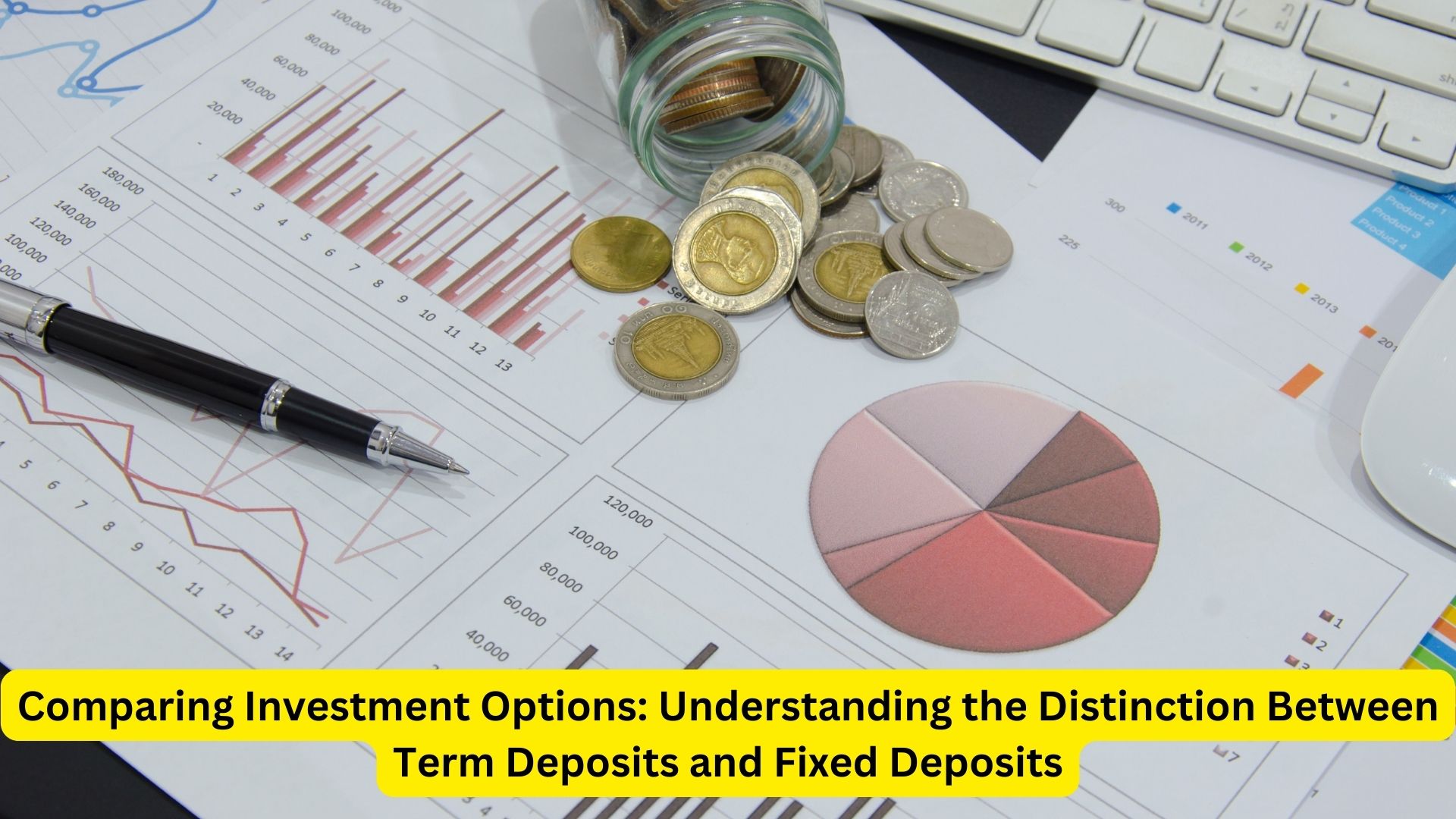
Recently, the Central authority adjusted the interest rates for the three-year term deposit scheme, increasing it by 10 basis points for the January-March quarter. According to a finance ministry circular, the Sukanya Samriddhi scheme’s deposit will now yield an interest rate of 8.2%, up from the previous 8%, while the 3-year term deposit will see a rise to 7.1% from the existing 7%.
The Post Office Time Deposit scheme provides tenures of 1, 2, 3, and 5 years, offering interest rates ranging from 6.9% to 7.5%.
Understanding Term Deposits:
Term deposits, also known as time deposits, represent fixed-period investment options with maturity periods ranging from a few months to five years. Available through banks, NBFCs, and post offices, these instruments have minimum deposit requirements, providing guaranteed returns with fixed interest rates. Popular options include Post Office Time Deposit and Sukanya Samridhhi Yojana.
Exploring Fixed Deposits:
On the other hand, fixed deposits encompass deposits with periods ranging from a few days to 10 years. These deposits offer a higher rate of return compared to savings accounts in banks.
Features of Term Deposits vs. Fixed Deposits:
- Security: Term deposits are often considered risk-free, providing a fixed rate for the investment period, ensuring security.
- Flexibility: Investors in term deposits have the flexibility to vary termination dates, enabling the creation of an ‘investment ladder’ with multiple maturities.
- Entry Investment: Term deposits, particularly recurring deposits, have a low entry investment with minimal deposit requirements.
- Incentives for Larger Deposits: Term deposits encourage larger initial deposits by offering higher interest rates.
- Loan Facility: Investors can avail themselves of loans against term deposits in case of urgent financial requirements, with most banks offering up to 60-75% of the investment amount.
- Shorter Lock-in Periods: Term deposits generally have shorter lock-in periods compared to fixed deposits.
- Payout Options: Investors can choose payout options, receiving returns at the end of the maturity period or periodically based on personal preference (monthly, quarterly, half-yearly, or annually).
Fixed Deposits:
- Compound Interest: Fixed deposits, a type of term deposit, offer compound interest on the principal amount and accumulated interest.
- Lock-in Periods: Fixed deposits have longer lock-in periods compared to term deposits.
- Premature Withdrawal: Investors can opt for premature withdrawal, but it comes with penalties.
- Loan Facility: Loans against fixed deposits are available, typically up to 90% of the principal amount.
- Security and Tax Benefits: Bank deposits are highly secure, and many banks offer tax-saving fixed deposit options. Investments in tax-saving fixed deposits can lead to tax deductions under Section 80C of the Income Tax Act of 1961, up to Rs 1,50,000.
- Liquidation: The premature withdrawal process for fixed deposits is quick and simple, often facilitated through the bank’s app.
Post Office Term Deposits:
- Tenures: The Postal department offers post office time deposit schemes with tenures of 1, 2, 3, and 5 years.
- Income Tax Benefits: Income tax benefits are available only for a 5-year post office time deposit account, with exemptions of up to Rs.1.5 lakh under Section 80C.
- Interest Rates (From 01.01.2024 to 31.03.2024):
- 1 year: 6.9%
- 2 years: 7.0%
- 3 years: 7.1%
- 5 years: 7.5%
Also read
Finance in 2024: Key Transformations Taking Effect as of January 1st
